It was Ralph Waldo Emerson who first penned the immortal words, “Shot heard round the world”. Emerson included the phrase in his 1837 poem, “Concord Hymn”, which commemorates the beginning of the American Revolution. The phrase has become part of the American lexicon, and will forever be linked to the Battles of Lexington and Concord. Minute Man National Historic Park preserves these sites, allowing visitors to witness the birthplace of the American Revolution.
“By the rude bridge that arched the flood,
Their flag to April’s breeze unfurled,
Here once the embattled farmers stood,
And fired the shot heard round the world.”
− Emerson, “Concord Hymn”
The main focus of Minute Man National Historic Park, is the 5 mile long Battle Road Trail, which sits between the towns of Lexington and Concord. Some readers might find this odd. Asking, why wouldn’t the park focus on the Lexington Green and Concord’s North Bridge? After all, those are the most famous landmarks, synonymous with the American Revolution itself. It’s a reasonable question, but the simple answer is that most of the fighting that day, actually happened along the Battle Road. That’s what makes Minute Man National Historic Park so cool, it explores the broader events of April 19, 1775, which often don’t get the attention they deserve.
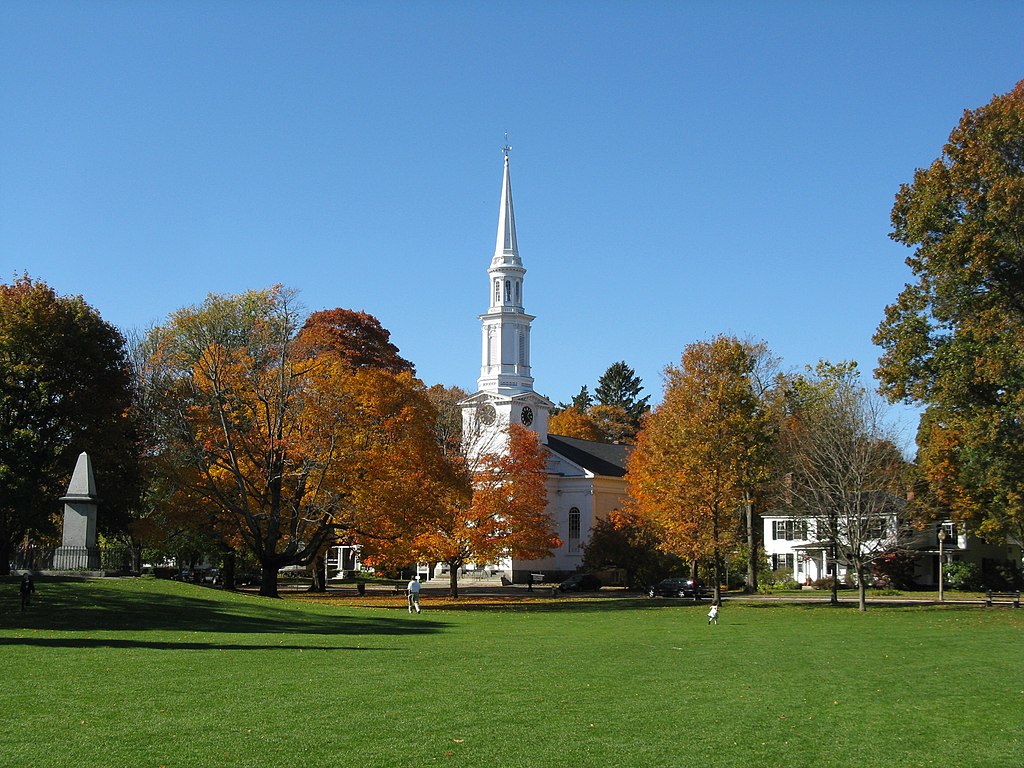
The events leading up to the initial battles of the American Revolution, are probably better understood than the battles themselves, or at least that’s what people probably think. Most people are familiar with Paul Revere’s midnight ride, warning colonists throughout the countryside that “The British Are Coming”. Except that Paul Revere never actually shouted “The British Are Coming”, an embellishment to spice up the story. For one thing, that message wouldn’t have made any sense, as most colonists still considered themselves British.
But Paul Revere did single handedly warn the countryside of the approaching British soldiers right? Again that’s a myth, Paul Revere was one of several riders that night. In addition to Paul Revere, William Dawes and Dr. Samuel Prescott played prominent roles in alerting the colonists. Additionally, historians think that by the end of the night, as many as 40 riders has joined the effort. We can attribute this myth to Henry Wadsworth Longfellow’s 1861 poem “Paul Revere’s Ride”, which also conveniently neglects the fact that Paul Revere ended up being captured by the British. It was actually Dr. Samuel Prescott who first made it to Concord, alerting colonists of the impending British incursion.
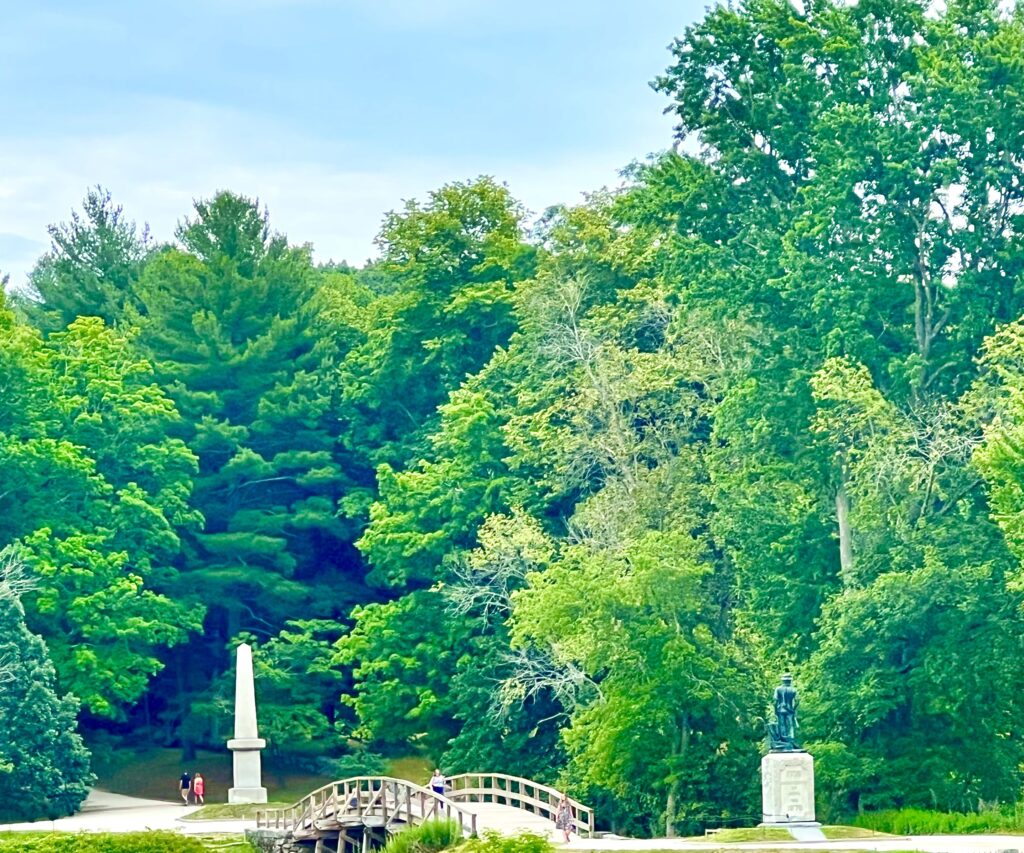
You can see where I’m going with this. As important as the American Revolution was, knowledge of the war tends to be dominated by romanticized moments, which aren’t necessarily the most historically accurate. Those events also tend to be centered around famous figures, rather than ordinary colonists, who were just as important to the revolution. This is another area where Minute Man National Historic Park plays a valuable role, as it helps highlight the contributions of those average Americans. Walking along the Battle Road, you will see historic farm houses and taverns, and learn about the actions of everyday colonists, who fought to secure our independence.
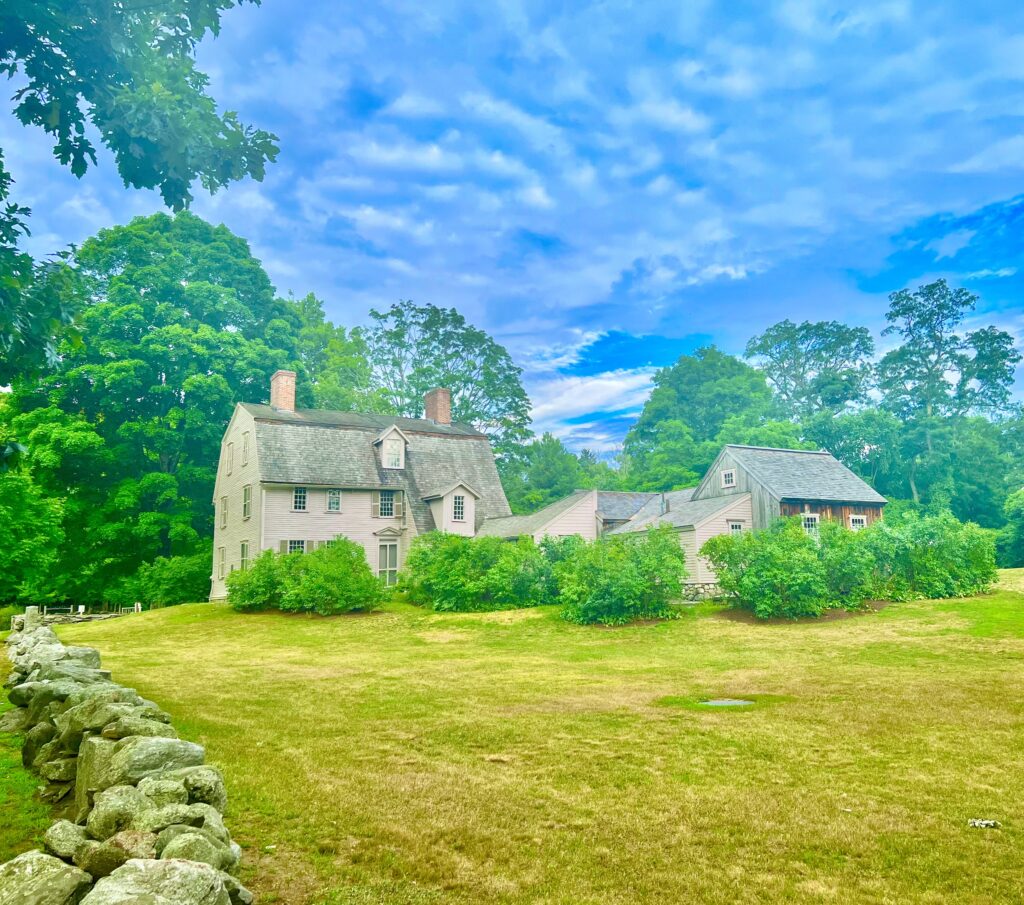
While the American Revolution may have began with the events in Lexington and Concord, the action really heated up as the British retreated to Boston, along the Battle Road. There were roughly 400 members of the militia present for the fight at the North Bridge, but at the peak of the fighting along the Battle Road, there were 4,000 colonists involved in the fight. That’s an impressive figure, considering the entire population of Massachusetts in 1775 was roughly 300,000.
The colonists shadowed the British regulars all the way back to Boston, and it was during this march that the vast majority of casualties occurred. When the retreat was all said and done, 73 British regulars were dead and 200 were wounded or missing. While the colonists sustained their own casualties, April 19, 1775 is widely considered the first colonial victory of the American Revolution.
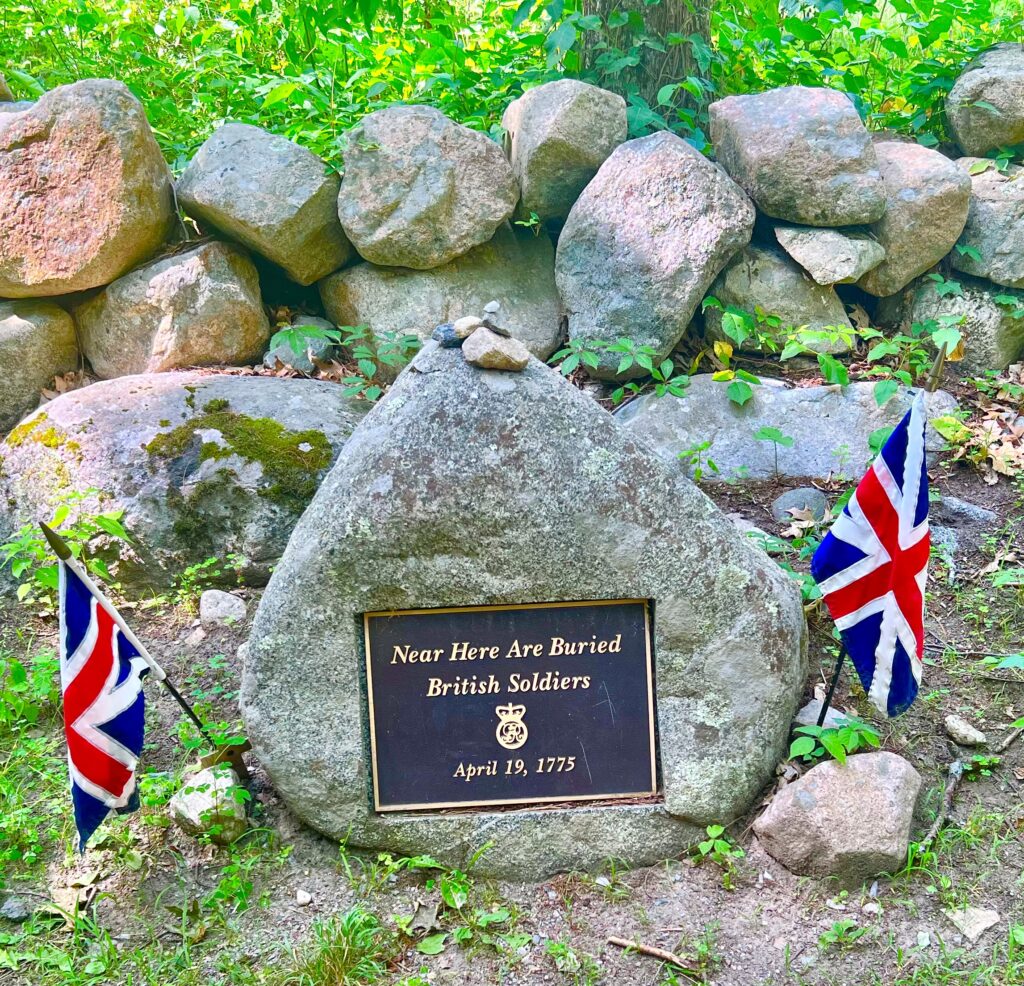
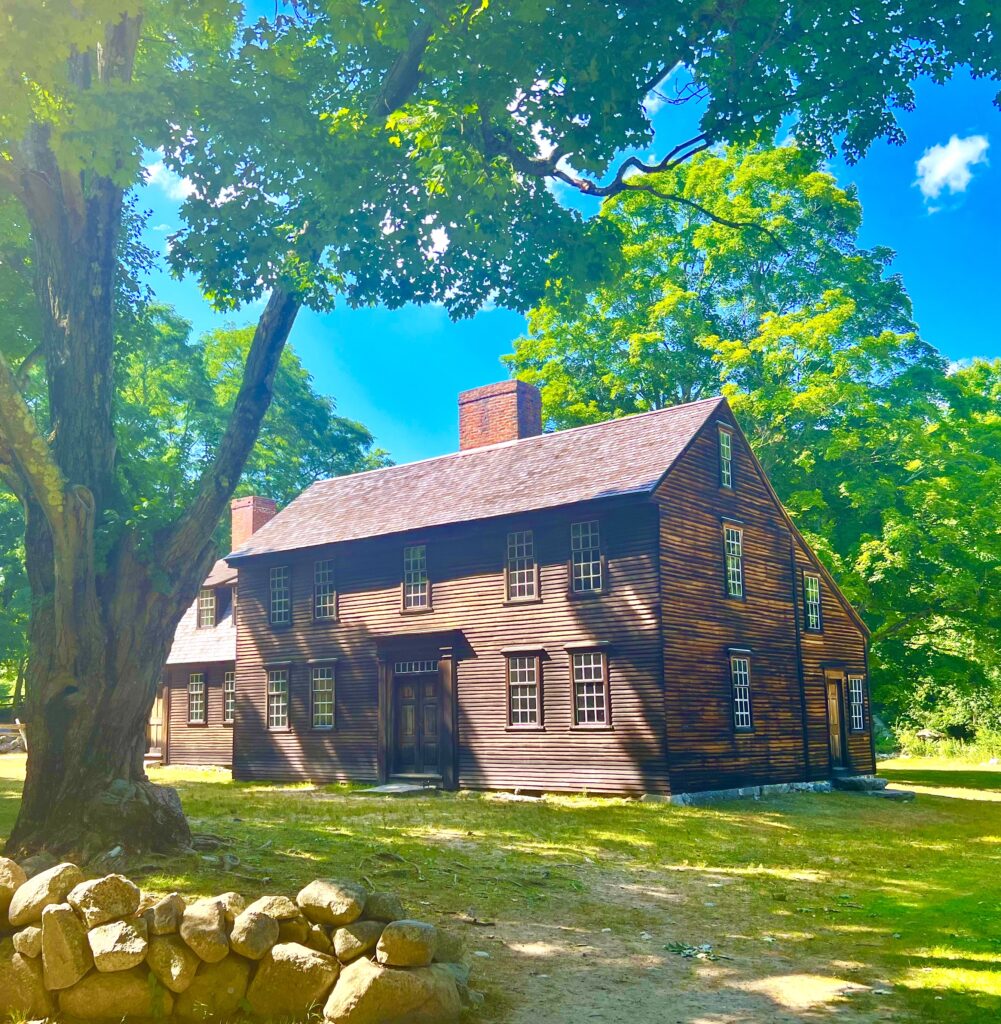
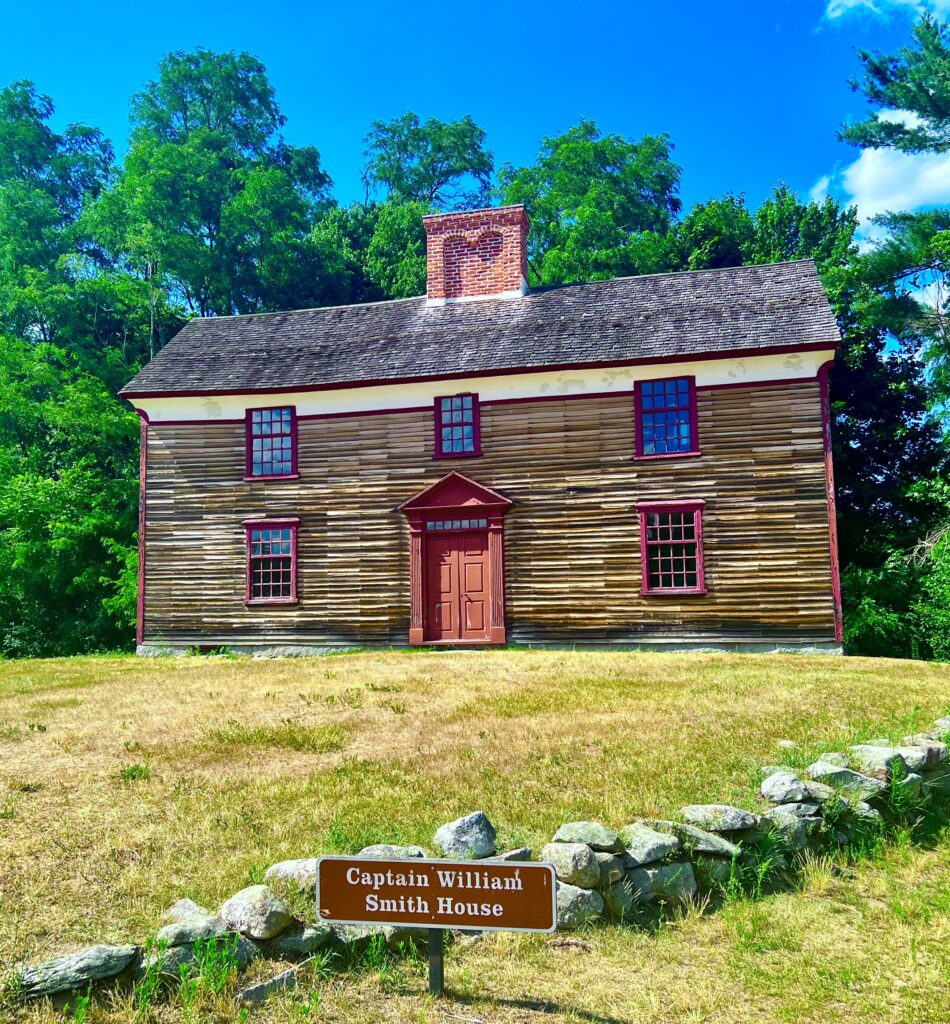
While Minute Man National Historic Park might not be the main tourist draw in the Boston area, I think it should be more popular than it is. It’s a quick trip outside the city, and you can see everything in a couple of hours. In one afternoon you can visit the Lexington Green, Concord’s North Bridge, and walk the 5 miles along the Battle Road. In addition to being historically important, the walk is also quite scenic. Most of the people I saw along the Battle Road, were actually locals who use it as a fun walking trail. Either way, the next time you find yourself in Boston, consider making a trip out to Minute Man National Historic Park. It’s a fun walk through history, and there’s a good chance you’ll learn something new.
https://www.nps.gov/mima/index.htm
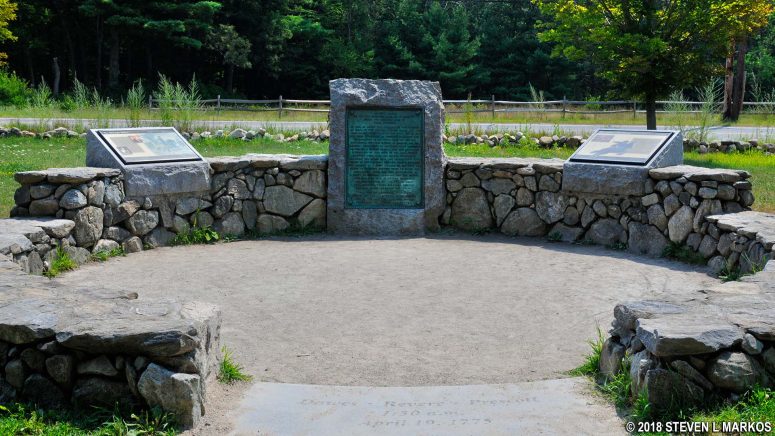

I can’t believe they have been lying to us about Paul Revere. 🤪
Sounds like a better stop than Minute Maid Park 😂
Actually, you are quite right, it’s amazing how history becomes distorted over time. I’m a student of American history myself, but I have to admit I didn’t know the North Bridge was where that first shot was fired. I did know that the British met their match on their March back to Boston. Great tactical maneuver on the part of a bunch of untrained farmer/soldiers. If you’re a fan of underdogs, the Continental Army has to be toward the top of your list.